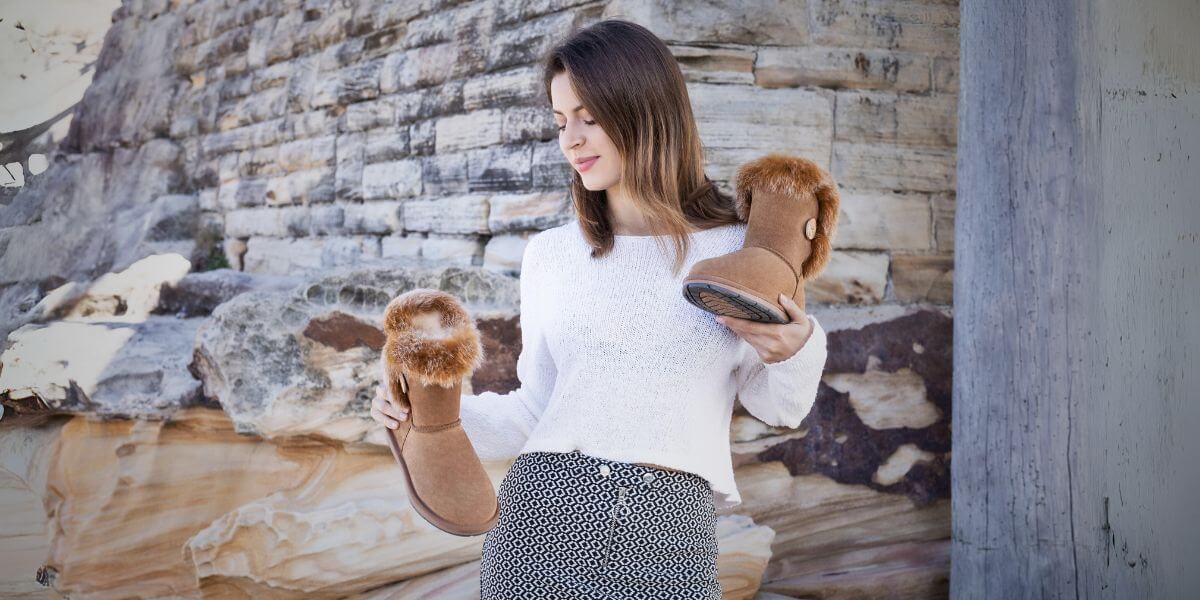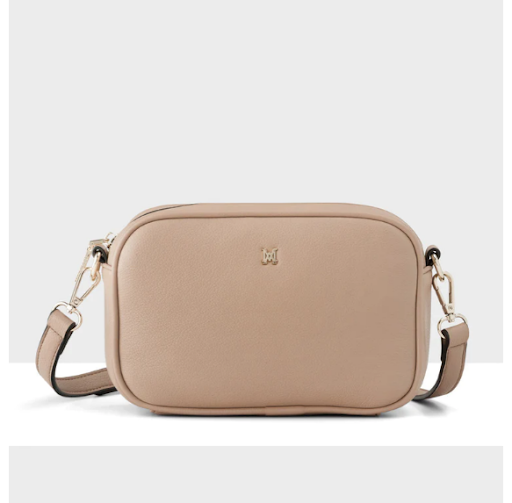November in Australia is a month of transition — it’s late spring, the days are longer, flowers are in full bloom, and the weather begins to warm up as the country moves toward summer. Whether you’re planning a coastal holiday, an urban escape, or an outback adventure, packing the right clothes for Australia in November can make all the difference. The challenge lies in balancing comfort, versatility, and protection from the elements — because while much of Australia enjoys sunshine and warmth, conditions vary widely from region to region.
In this detailed guide, we’ll explore exactly what to wear in Australia in November across different climates, regions, and activities. You’ll learn about the typical weather, what fabrics and layers work best, outfit ideas for day and night, and a smart packing checklist to help you travel light yet stay well-prepared. Think of it as your all-in-one spring style roadmap for Australia.
Understanding Australia’s November Weather
A Season of Change
November marks the tail end of spring in Australia. The temperatures rise steadily, humidity begins to build in the northern states, and the southern regions start seeing sunnier, more settled days. It’s a wonderful time to visit — the weather is pleasant, beaches are warming up, and crowds are still lighter than during the December holiday rush.
That said, Australia’s weather can be unpredictable. The country spans several climate zones — tropical in the north, temperate in the south, and arid in the centre — so what you wear in Sydney might feel completely inappropriate in Darwin or Hobart. In most major cities, November brings warm days ranging between 22°C and 28°C (72°F–82°F), but mornings and evenings can still feel mild or even cool, particularly in southern areas.
Rainfall is moderate in coastal cities like Sydney and Brisbane, where quick afternoon showers can appear out of nowhere. In contrast, Melbourne may surprise you with chilly winds even on sunny days, while Darwin enters the start of its “wet season” — meaning high humidity and sudden downpours. Because of these differences, layering becomes your greatest wardrobe strategy.
Regional Breakdown: What to Expect by Area
Northern Australia (Cairns, Darwin, and Northern Queensland)
If you’re visiting the tropical north, expect hot, humid, and often wet conditions. November here signals the build-up to the monsoon season. Average highs hover around 33°C, with humidity reaching above 70%. Lightweight, breathable fabrics like linen, cotton, or moisture-wicking synthetics are essential. Loose-fitting shirts, sleeveless tops, shorts, and airy dresses work best. Pack a packable rain jacket or small umbrella, because tropical showers tend to arrive suddenly.
For footwear, sandals or breathable trainers will keep you comfortable, but avoid heavy materials that trap heat. Don’t forget insect repellent, as mosquitos thrive in humid conditions, and wear a wide-brimmed hat for sun protection. Nights remain warm, so there’s rarely a need for jumpers or coats.
East Coast and Subtropical Regions (Brisbane, Gold Coast, Sydney)
In November, the east coast enjoys a true spring-to-summer transition. Days are sunny, with temperatures around 24–27°C, and evenings are mild enough for outdoor dining or beach walks. Coastal breezes can bring slight chill, so a light cardigan, linen overshirt, or cropped denim jacket is a perfect companion.
During the day, think smart casual resort wear — cotton T-shirts, breezy blouses, linen shorts, or a flowy dress. You’ll want comfortable walking shoes for city sightseeing or coastal tracks. A swimsuit is essential, as beach weather is already ideal in many places. For Sydney’s unpredictable drizzle, carry a small umbrella or a thin waterproof jacket.
If you plan to go out in the evening, swap your daytime sandals for casual loafers or espadrilles, and maybe add a light scarf for style and warmth. The general vibe along the east coast is relaxed yet stylish — effortless comfort with a touch of polish.
Southern and Temperate Regions (Melbourne, Adelaide, Hobart)
Down south, spring lingers a little longer. November brings a mix of warm sunshine and cooler breezes, especially in coastal and highland areas. Daytime temperatures average 20–24°C, but early mornings and nights can dip below 12°C. Locals will tell you Melbourne’s weather is famous for its “four seasons in a day,” so versatile clothing is key.
Opt for a layered wardrobe:
- Base layers like cotton or bamboo T-shirts
- A long-sleeve shirt or light jumper
- An outer layer such as a windbreaker or blazer
This way, you can adapt quickly to changing temperatures. Jeans or chinos are great staples, paired with sneakers or flat boots. If you’re heading to Hobart or Tasmania, include a light wool jumper or fleece — the island tends to be cooler and windier, even in late spring.
Melbourne and Adelaide also have strong café and arts scenes, so smart-casual outfits — linen shirts, midi dresses, or neat trousers — will help you blend in comfortably both day and night.
Inland and Outback Australia (Alice Springs, Uluru)
The Outback in November is all about heat and dry air. Daytime highs often exceed 35°C, while nights can be surprisingly cool. The key here is breathable coverage — wear lightweight, long-sleeve shirts and trousers made from cotton or linen to protect your skin from intense UV rays and dust.
Avoid dark colours that absorb heat. Light khaki, beige, and off-white tones are both practical and stylish. A wide hat, sunglasses, and SPF 50+ sunscreen are non-negotiable. Closed-toe walking shoes or hiking boots are ideal for desert exploration. In the evenings, a light fleece or jacket will keep you warm under the desert stars.
Western Australia (Perth and the Southwest)
Perth in November is beautifully warm and mostly dry, with clear skies and minimal rain. Expect highs around 27°C and cool sea breezes in the evening. This region leans toward Mediterranean-style weather, making it one of the most pleasant parts of Australia during late spring.
You’ll do well with light dresses, short-sleeve shirts, breathable trousers, and sandals during the day. For evening dinners along the coast, bring a lightweight wrap or a linen jacket. Perth’s style is polished yet relaxed — perfect for resort wear and minimalist neutral tones. If you’re visiting wineries in Margaret River or the Fremantle markets, comfortable shoes are a must.
The Golden Rule: Layering and Versatility
Australia’s November weather rewards those who know how to layer smartly. Start with lightweight pieces and add or remove items as the day progresses.
For example:
- Morning: cotton tee + light overshirt + jeans
- Afternoon: remove the overshirt and switch to shorts or a skirt
- Evening: add a cardigan or light jacket
The Best Fabrics to Pack
- Cotton: breathable and soft — ideal for city wear.
- Linen: keeps you cool and stylish, wrinkles add charm.
- Bamboo & Hemp: eco-friendly, breathable, antibacterial.
- Synthetics: quick-dry blends for hikes and adventure.
- Merino Wool: light warmth for cool nights.
- Waterproof Shell: essential for wind or rain.
Footwear and Accessories
- Sneakers or walking shoes – for city tours
- Sandals or thongs – for beaches or resorts
- Dress shoes or loafers – for evenings
- Closed flats or slip-ons – versatile for travel days
Accessories:
- Wide-brimmed hat
- UV sunglasses
- Sunscreen and lip balm
- Light scarf or wrap
- Reusable tote or daypack
Style Tips for Every Occasion
City Explorations
Think clean lines, breathable fabrics, and neutral tones. A linen shirt tucked into tailored shorts, or a simple dress with white sneakers, works perfectly.
Beach Days
Light cover-ups, sarongs, and breathable cotton dresses. A button-up linen shirt doubles as a cover-up for both men and women.
Bushwalks and Nature Trails
Quick-dry shirts, hiking pants, supportive shoes, and insect repellent are musts. Pack a compact rain jacket too.
Evenings Out
Mild nights call for sleeveless jumpsuits, midi dresses, or chinos with linen shirts. Loafers and espadrilles complete the look.
Smart Packing Tips for November Travel
- Mix and Match neutrals
- Limit bulky items
- Plan for laundry
- Check forecasts
- Prioritise comfort
- Travel sustainably
Example Packing List for 10–14 Days
- Tops: 4–6 T-shirts, 2 long-sleeves, 1–2 jumpers, 1 jacket
- Bottoms: 2 shorts, 2 trousers, 1 skirt or dress
- Outerwear: 1 linen blazer or light coat
- Footwear: sneakers, sandals, loafers
- Accessories: hat, sunglasses, scarf, umbrella
- Swimsuit, sleepwear, socks, underwear, water bottle, tote bag
Final Thoughts
So, what should you wear in Australia in November? The short answer: light, breathable layers with a mix of casual and smart pieces. November weather is pleasantly warm across most of the country, yet still variable enough to justify a jacket or cardigan. Focus on comfort, versatility, and sun protection — and remember that Australian style is effortlessly relaxed.
Whether you’re lounging on Bondi Beach, exploring Melbourne’s laneways, or stargazing in the Outback, dressing smartly for the climate will let you enjoy every moment with confidence. As you plan your November outfits, take a moment to explore PEROZ Australia’s collection — a destination for refined shoes and accessories crafted for the Australian lifestyle.





